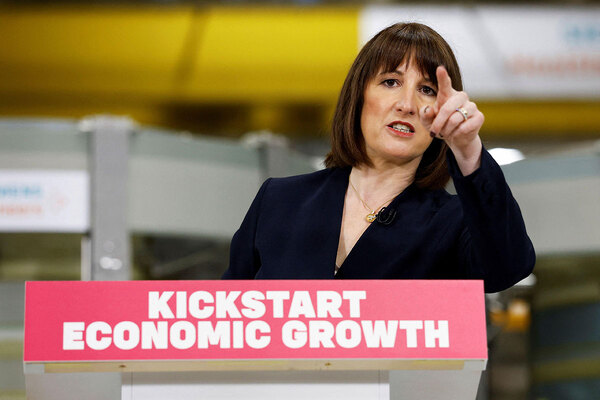You are viewing 1 of your 1 free articles

Work lessons from lockdown
David Levenson spoke to 20 housing chief executives about the new ways of working that have emerged during the coronavirus pandemic. He explains some of what he has learned
Remember lockdown 1.0 when it was announced back in March? It seems a long time ago now, but it is seared in the memory. Back then, even children’s playgrounds were locked up.
During that surreal spring of endless sunshine, clean air and absent jet streams, I interviewed 20 housing leaders about how their organisations had adapted to the pandemic and lockdown.
Having dealt with the immediate emergencies, and in between pinging messages to each other on the chief executives’ WhatsApp group, they were keen to tell me about the experiences of their residents and colleagues.
One theme that emerged from these conversations was the spontaneous emergence of ‘virtual teams’.
A chief executive said to me that such a team created itself organically from across the organisation to solve a problem with sourcing personal protective equipment (PPE). No one from the executive team announced it, ordered people to do it or gave instructions about what to do. “No one asked them, they just got together remotely and sorted it,” they said.
This response was typical of others I received. Staff pulled together and did amazing things for their customers and colleagues. Housing leaders were quick to cite the strength of their organisations’ cultures as factors in their teams’ successes.
“A team created itself organically from across the organisation to solve a problem with sourcing PPE. No one from the executive team announced it, ordered people to do it or gave instructions about what to do”
But is culture enough? After several months of hybrid working (staff in the office and at home) here we are again, with all but those for who being on-site is essential back working from home.
Childcare and older or vulnerable caring responsibilities have not gone away. The sun is no longer shining, trees are bare and jet streams have returned. Will these teams be able to sustain their momentum and thrive in 2021 and beyond?
Virtual teams are hardly a new way of working. Multinational companies have been doing it for over 30 years and there are plenty of studies which can be accessed about the theory and practice of virtual team working, its development and impact.
The first point to recognise is what this housing provider discovered with its organically created PPE sourcing team. According to team coaching guru Professor Peter Hawkins: “A team is created by its purpose not its members.” Furthermore, he says, the team’s purpose “is to continuously co-create beneficial value for all its stakeholders”.
“The oft-used cliché about teams being more than the sum of the parts is rarely borne out in the workplace. Quite often teams do not achieve their potential because organisational hierarchies prevent or subvert the team’s aims”
Teams can succeed in spite of themselves. The oft-used cliché about teams being more than the sum of the parts is rarely borne out in the workplace. Quite often teams do not achieve their potential because organisational hierarchies prevent or subvert the team’s aims.
This is a salutary message for housing association boards and executive teams, and this is before factoring in the impact of virtual team working. Our efficiency at conducting meetings on Zoom in half the time they used to take, is at a cost in terms of lost connection, discourse and empathy. The human side of the workplace is difficult to replicate online.
Virtual teaming and team working in social housing was an outcome of the pandemic. Those who claim that it portends the end of office working as we once knew it are no doubt reflecting on how to make virtual teams sustainable once the vaccination programme has rolled out.
Teams function best when they know their place in systems and their obligations to stakeholders. Teams are essential to solving housing problems and wider societal needs.
This lockdown provides the opportunity for housing providers to take everything they have learned from last year’s events and harness the power and creativity of virtual teams.
David Levenson, founder, Coaching Futures











